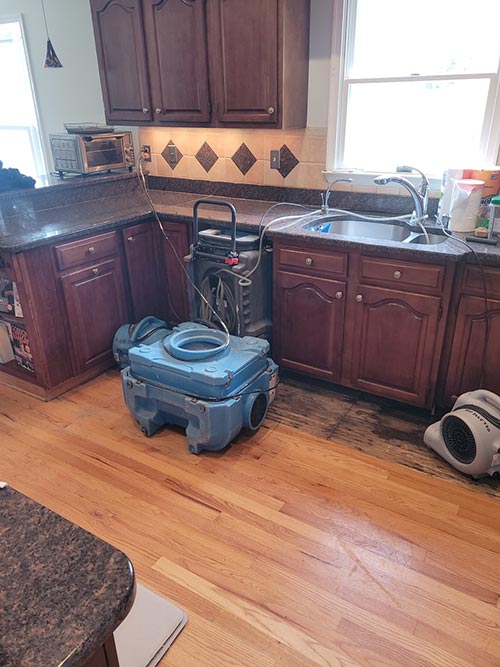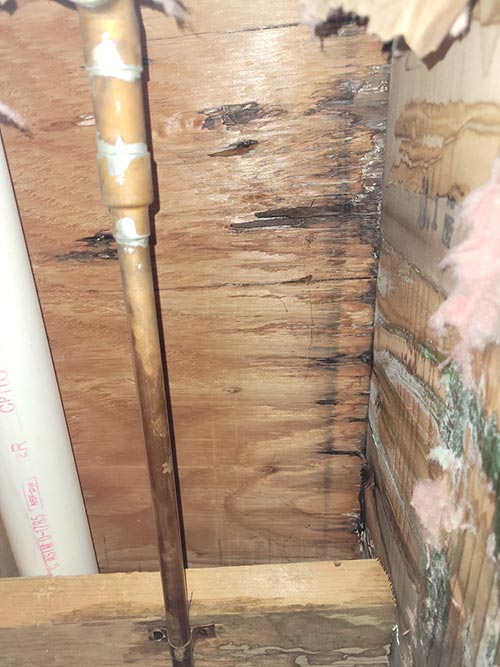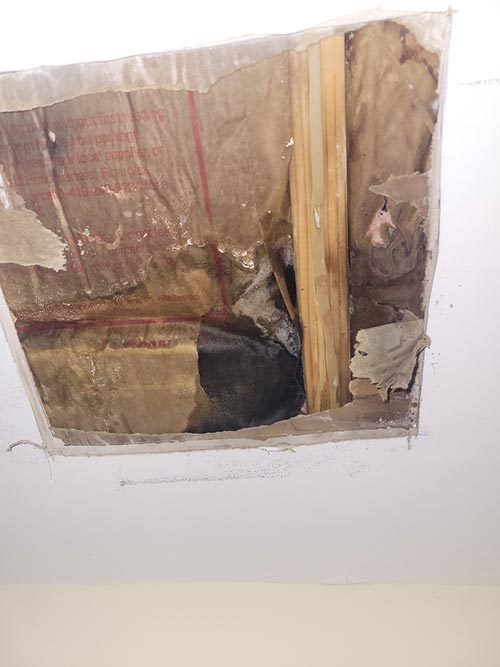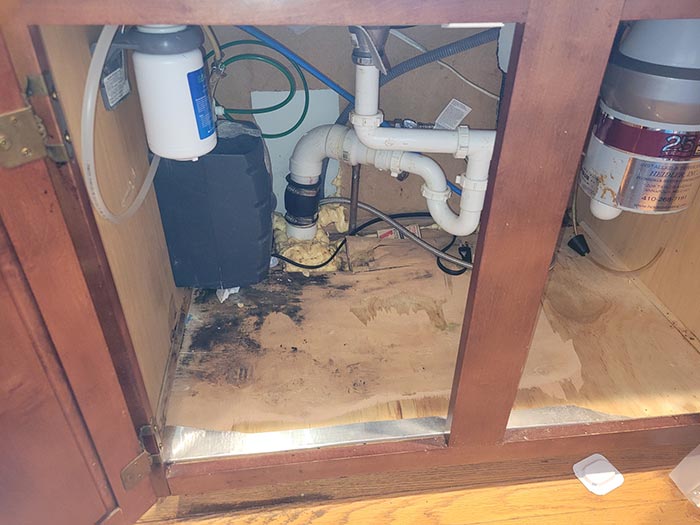A flooded home is more than just an inconvenience—it can endanger your safety, damage your property, and disrupt your life. If you ever find yourself dealing with this situation, it’s important to act quickly and decisively. This guide outlines the crucial steps you should take immediately after a house flood to protect your family, preserve your property, and begin the path to recovery.
1. Prioritize Safety First
Your safety and the safety of your household come before anything else. Before re-entering a flooded home, make sure the structure is safe. Look for visible damage such as foundation cracks, buckled walls, or sagging ceilings. If you’re unsure whether it’s safe to enter, wait for clearance from local authorities or a structural professional.
2. Shut Off Utilities
To avoid further hazards, turn off electricity, gas, and water at the main switches or valves. Never attempt to do this if you must stand in water or suspect a gas leak. In such cases, leave the area immediately and contact your utility provider for emergency assistance.
3. Document the Damage
Before beginning any cleanup, thoroughly document all damage. Take clear photos and videos of affected areas, including walls, flooring, appliances, furniture, and personal belongings. This evidence is essential for insurance claims and may be required to prove the extent of your losses.
4. Contact Your Insurance Company
Once you’ve documented the damage, contact your homeowner’s insurance provider to report the flood. Provide all relevant documentation and follow their guidance on next steps. Early communication helps speed up the claim process and can lead to quicker repairs.
5. Begin Cleanup to Prevent Mold
If it’s safe to do so, begin removing standing water using pumps or wet vacuums. Use fans and dehumidifiers to dry out the area thoroughly. Discard any items that are waterlogged and beyond repair. Mold and mildew can start growing within 24 to 48 hours, so acting quickly is crucial to reduce health risks and additional property damage.
6. Assess for Structural and Electrical Issues
Floodwaters can severely damage a home’s electrical and structural systems. Before restoring power or using gas appliances, have them inspected by licensed professionals. Hidden water damage behind walls or under floors can create serious risks if left unchecked.
7. Plan for Long-Term Prevention
After initial cleanup and repairs, consider measures to reduce the risk of future flooding. Installing a sump pump, upgrading your drainage system, sealing basement walls, or purchasing flood insurance are all proactive steps. Tailoring these solutions to your property’s risk level can provide peace of mind and long-term protection.
8. Consider Professional Restoration Services
Flood damage can be more extensive than it appears on the surface. Professional restoration companies have the equipment and expertise to identify hidden issues, prevent mold, and restore your home thoroughly. They can also help navigate insurance claims and ensure all safety standards are met.
9. Don’t Be Afraid to Ask for Help
The aftermath of a flood is emotionally and physically exhausting. Reach out to family, friends, or community organizations for support. Disaster relief programs may also be available to help ease the burden and get you back on your feet more quickly.
Restore Your Home with Confidence — Call Flood Solutions Inc
If you’re dealing with flood damage in Baltimore County, MD or surrounding areas, don’t wait to take action. The sooner you begin the recovery process, the better your chances of minimizing long-term damage. Flood Solutions Inc specializes in flood remediation, offering expert services to restore your home quickly and safely.
📞 Call us today at (301) 970-9138 or fill out our online form for a prompt consultation. Serving Baltimore County and nearby communities, we’re here to help you recover—and protect your home from future flooding threats.








Leave a Reply